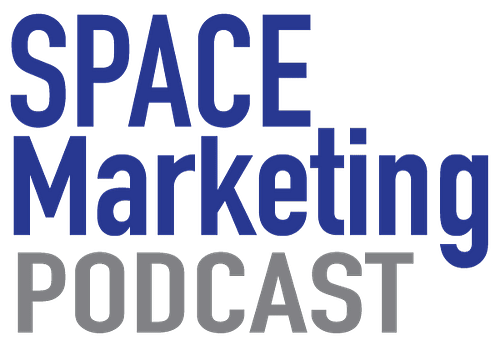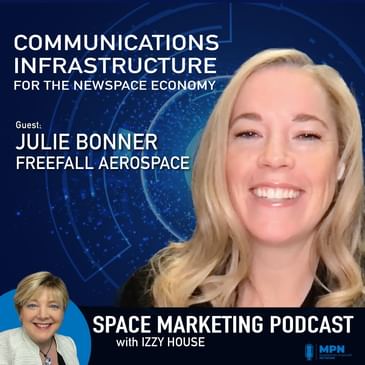Join Izzy for a conversation with Julie Bonner, the Director of Communications at Freefall Aerospace. In this informative chat, they explore the fascinating world of satellite and ground station technology, as well as the ins and outs of marketing a space tech company.
During their discussion, Izzy and Julie touch on the challenges and successes of working within this space industry. They also underline the significance of having a marketing professional as part of the team, and how this role helps in promoting the company to both the general public and potential investors. Get ready for their conversation as they shed light on the space tech industry and the strategies that drive it forward.
Julie Bonner
Director of Communications
FreeFall Aerospace
https://www.freefallaerospace.com/
Importance of a marketing professional
https://www.linkedin.com/feed/update/urn:li:activity:7110315554749431809/
Arizona Technology Council
Paragon - Space Marketing Podcast episode - https://spacemarketingpodcast.com/episode/space-marketing-podcast-with-grant-anderson-ceo-of-paragon
Arizona Spaceport Alliance - Space Marketing Podcast episode - https://spacemarketingpodcast.com/episode/space-marketing-podcast-with-karyn-macvean-and-ben-hernandez
Arizona State University
University of Arizona
She Tech
CHAPTERS:
01:12 Meet Julie Bonner
04:24 About Freefall Aerospace
07:22 Importance of a marketing professional
10:16 Marketing Challenges
11:12 Show how it benefits the customers
12:04 The other marketing challenge - non-disclosure agreements
13:05 Make sure you exist with a consistent brand
14:51 Getting your story out, even if it is only to investors
15:49 Marketing in the boardroom
17:30 Marketing Successes - Creating the brand
20:10 Marketing is everything you do
21:11 Creative people
24:02 Where do you see space in the future?
26:27 Final thoughts of the day
ABOUT IZZY
Izzy's website - https://izzy.house
Author of Space Marketing: Competing in the new commercial space industry AND Space Marketing: Spaceports on Amazon and Audible - https://bit.ly/Space-Marketing
Podcast host for Space Marketing Podcast - https://spacemarketingpodcast.com
Organizer for Space for Kentucky Roundtable - https://spaceforkentucky.com
Learn more about your ad choices. Visit megaphone.fm/adchoices




